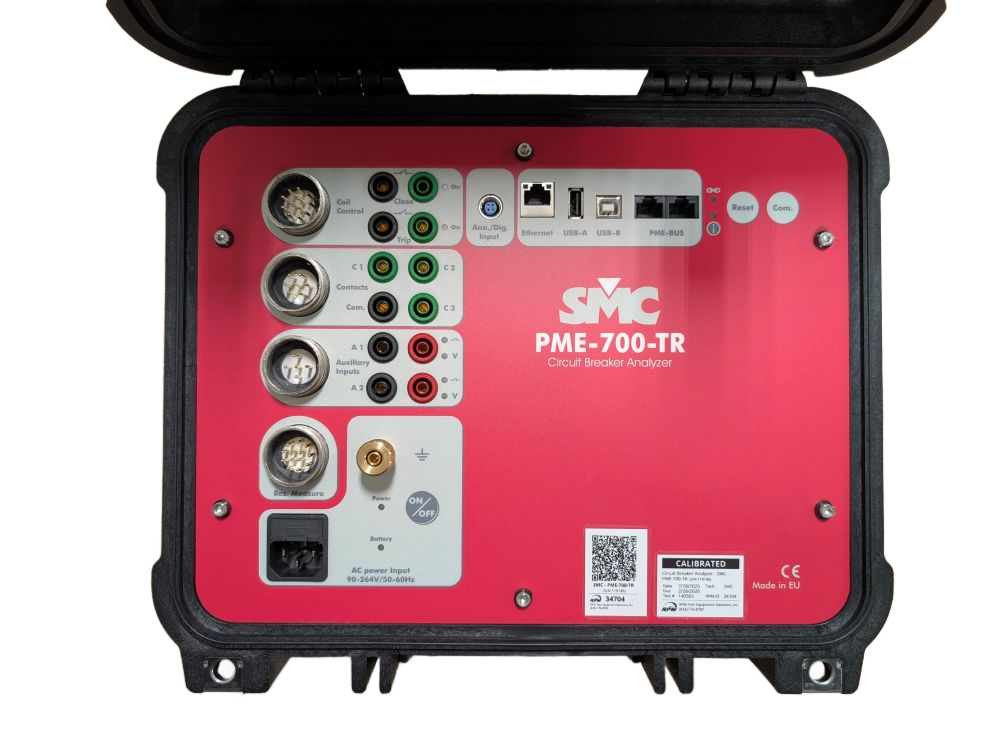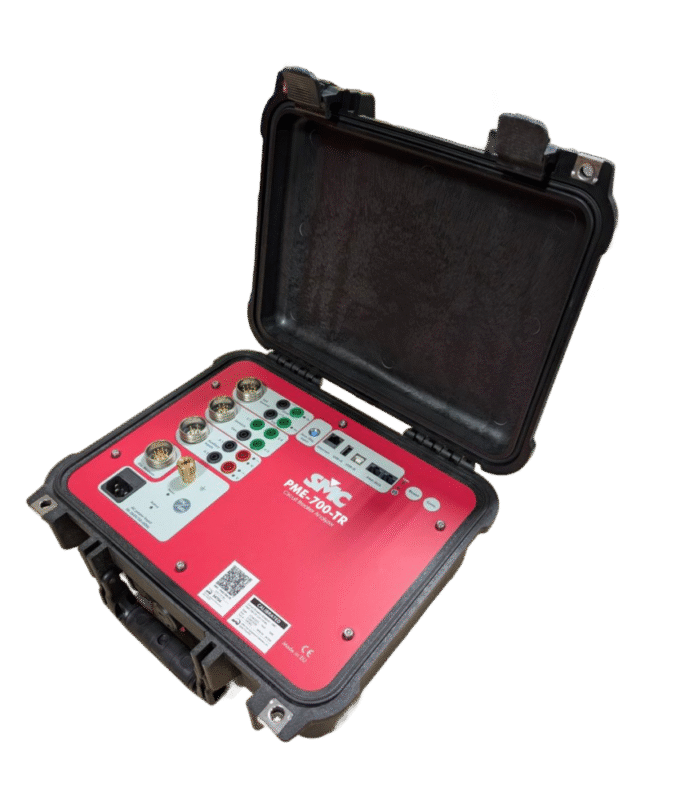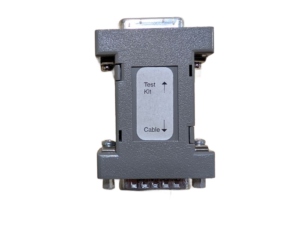The SMC PME-700-TR is a sophisticated circuit breaker analyzer designed to assess the condition and performance of medium and high-voltage three-phase circuit breakers. It’s a crucial tool for ensuring the reliability and safety of electrical systems.
Here’s a breakdown of its key features and functions:
Features:
Key Applications:
Resources:
Features:
- Timing Measurements: Accurately measures the opening and closing times of the circuit breaker’s main and auxiliary contacts with a resolution of 0.1 milliseconds. This helps identify any discrepancies or imbalances in the three phases.
- Coil Current Measurement: Records the current flowing through the circuit breaker’s operating mechanism (coil) during opening and closing operations. This provides insights into the health and performance of the mechanism.
- Contact Resistance Measurement: Measures the resistance of the circuit breaker’s contacts to ensure they are making good electrical connections. High contact resistance can lead to overheating and potential failures.
- Programmable Test Sequences: Allows users to define custom test sequences (O, C, O-C, C-O, O-C-O, C-O-C) to simulate various operating conditions.
- Triggering Options: The recording process can be triggered manually, by a voltage or contact signal change, or with a programmable delay, offering flexibility in different testing scenarios.
- Data Storage and Communication: Test results are stored in the device and can be easily accessed via Wi-Fi, LAN, or USB. This eliminates the need for data transfer and allows for immediate reporting.
- User-Friendly Interface: The PME-700-TR can be controlled from any personal portable device (smartphone, tablet, laptop) via Wi-Fi or wired Ethernet, making it convenient and easy to use.
- Portable and Rugged: Designed to be portable and durable for field use, with a lightweight yet sturdy construction.
Key Applications:
- Circuit Breaker Testing: Evaluating the performance and condition of medium and high-voltage circuit breakers in substations and industrial settings.
- Preventive Maintenance: Performing regular tests to identify potential issues and schedule maintenance proactively.
- Commissioning Testing: Verifying the proper operation of new circuit breakers before they are put into service.
- Troubleshooting: Diagnosing problems with circuit breakers and identifying the root cause of malfunctions
Resources:











